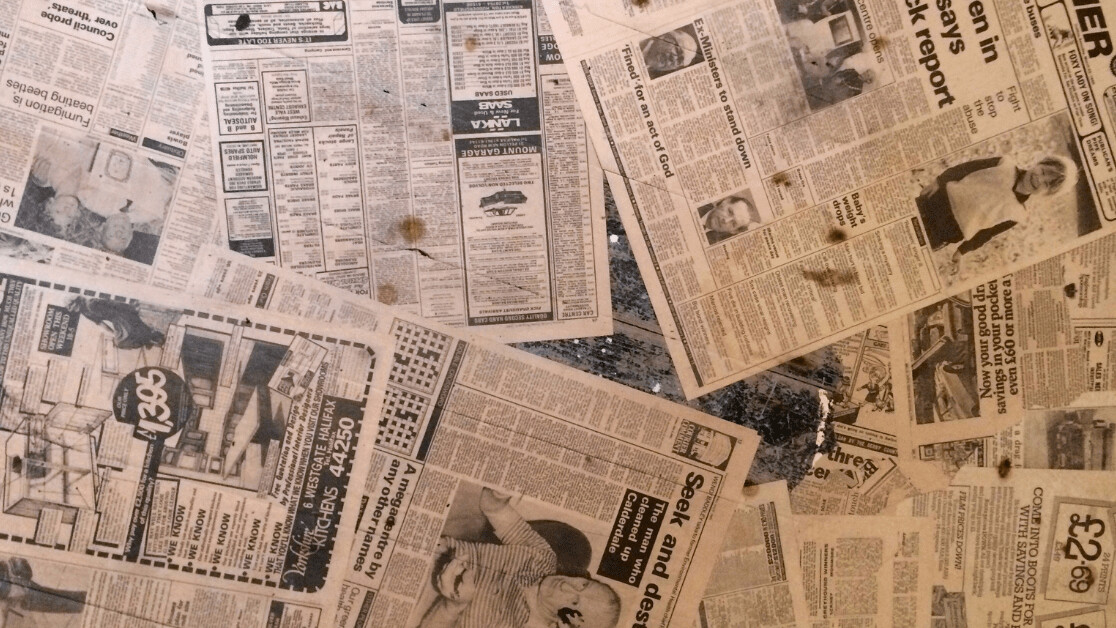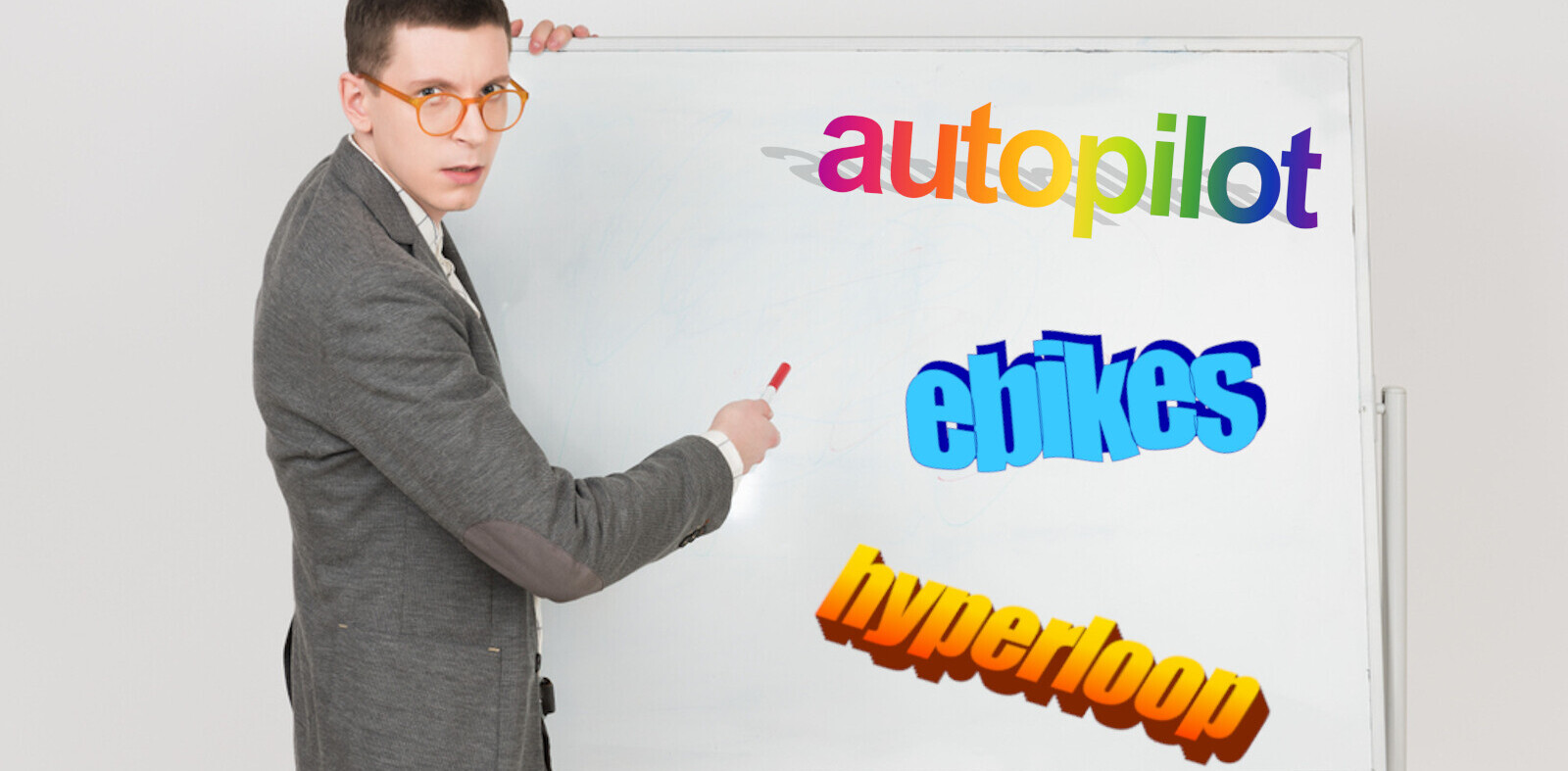The US Library of Congress has released an AI tool that lets you search through 16 million historical newspaper pages for images that help explain the stories of the past.
The Newspaper Navigator shows how seminal events and characters, such as wars and presidents, have been depicted in the press. Jim Casey, an assistant professor of African American Studies at Penn State University who’s tested the tool, said it would add a visual component to his historical research:
As I am writing a history of editors in the early United States, Newspaper Navigator will be an invaluable tool for charting the visual culture of the press. It provides us with a wealth of clues about the work of editors (behind the scenes) to forge the look and feel of the first drafts of history.
[Read: Are EVs too expensive? Here are 5 common myths, debunked]
The tool is the brainchild of Ben Lee, a Washington University researcher and the Library of Congress’ Innovator in Residence.
Lee first identified the visual content using an object detection model trained on annotations of World War 1-era pages from the Library’s digitized collection of newspapers published between 1900 and 1963. This enabled the AI to detect photographs, illustrations, maps, cartoons, comics, headlines, and advertisements. It also uses Optical Character Recognition to extract a headline and caption from the corresponding article.
To use the system, simply enter a keyword in the Newspaper Navigator and the AI will surface matches from a dataset of 1.56 million newspaper photos. You can also specify a date range and a state in which the newspaper was published.
You can then click on any image to download it, read the article it accompanied, view the full issue, or learn more about the newspaper.
The tool should be particularly useful for archivists, but it can also help all of us learn more about the stories of our past.
So you’re interested in AI? Then join our online event, TNW2020, where you’ll hear how artificial intelligence is transforming industries and businesses.
Get the TNW newsletter
Get the most important tech news in your inbox each week.





